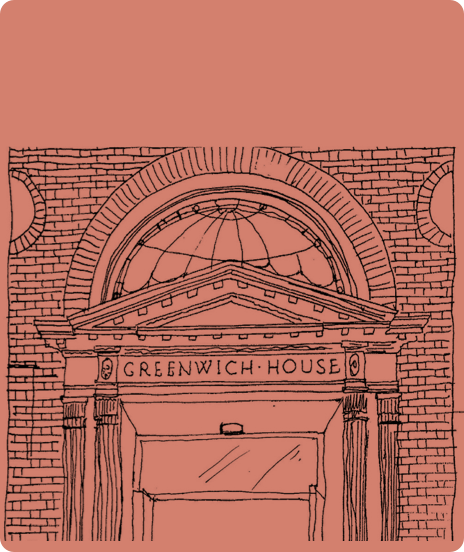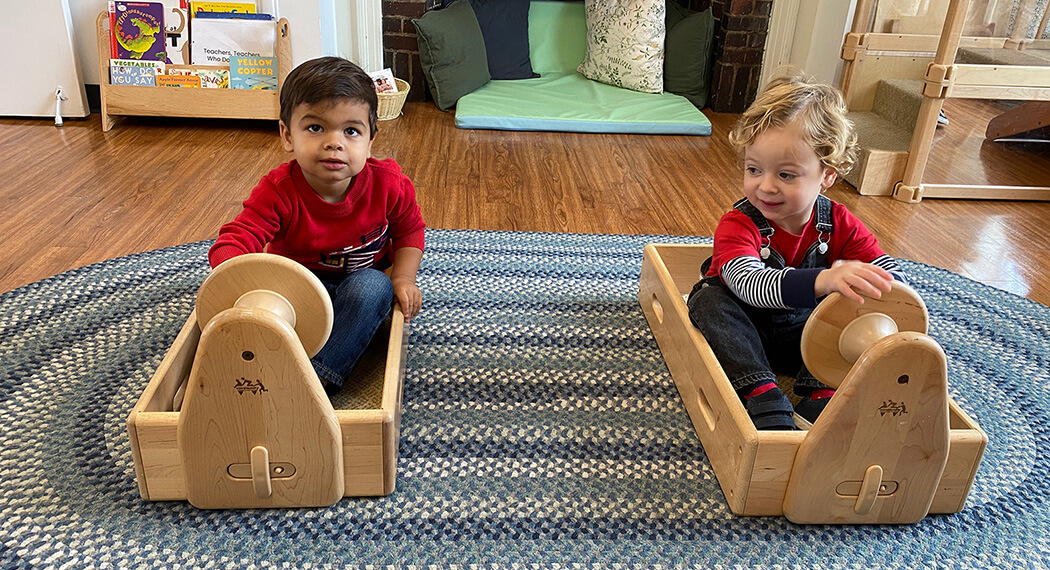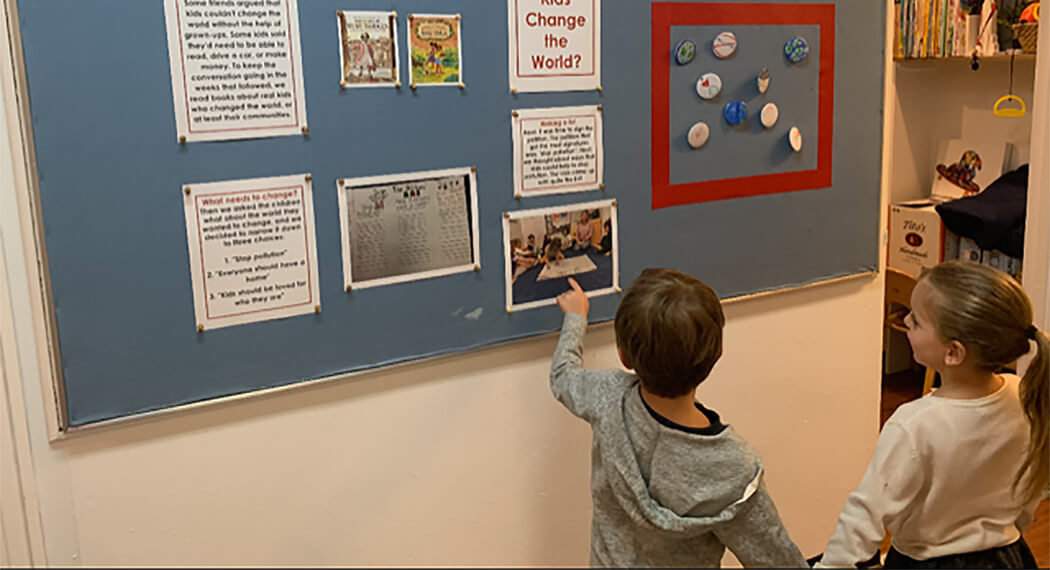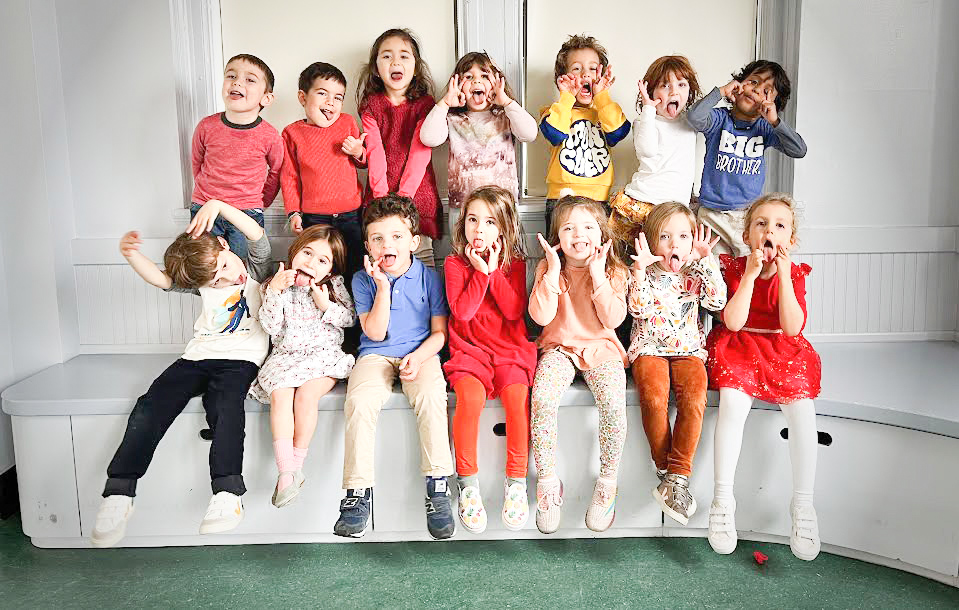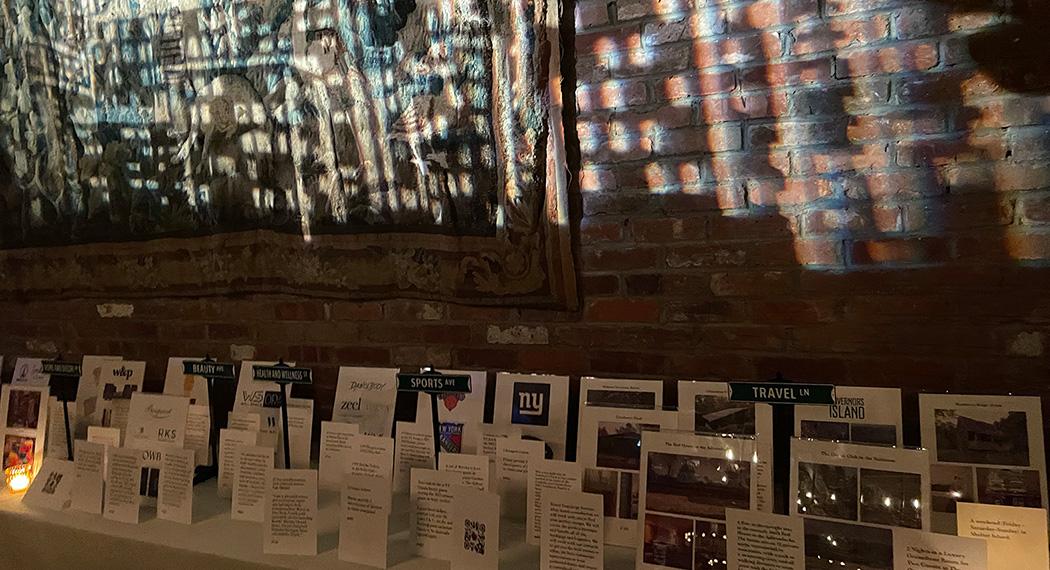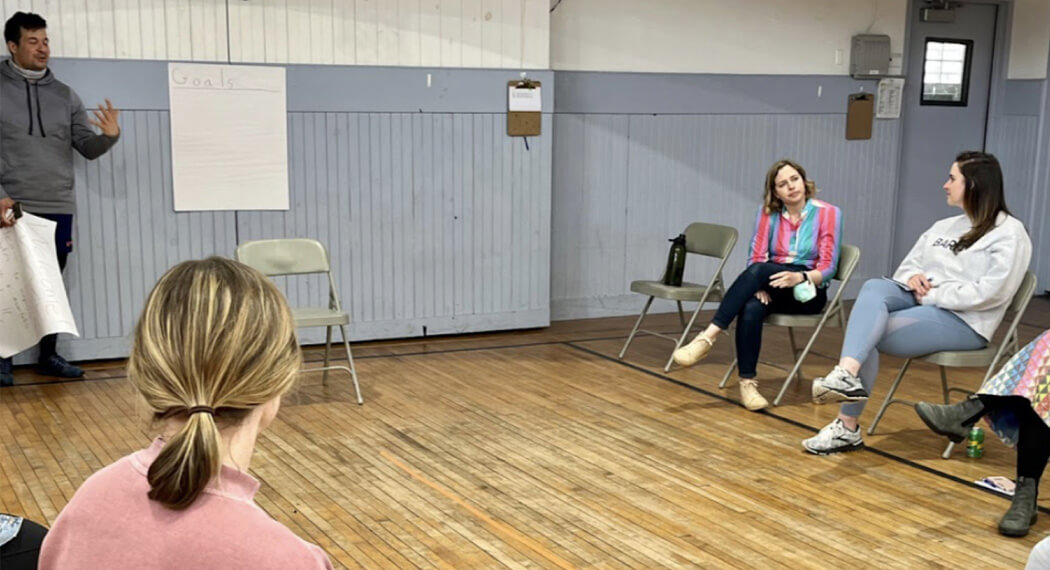At our monthly full faculty meetings, teaching teams take turns sharing about a new curricular development in their classroom. It was our turn this month and we shared about our recently introduced Literacy Work Times.
Why Literacy Work Time?
We identified three primary reasons for developing and implementing a Literacy Work Time:
1.) Our goals: We entered this year with the goal of making academic work more visible and tangible in our classroom, so that children grew more comfortable with it. While still targeting the same skills and concepts, we wanted to be more intentional about the language we used and ways in which we presented it so that children saw themselves as capable mathematicians, readers, and writers. We wanted them to feel excited and prepared when these subjects came up in school, at Barrow and beyond.
2.) Parent goals and expectations: Through conversations with many of you, we learned that Kindergarten readiness was a high priority for many. This meant making sure the kids had not only the expected academic skills, but also that they were comfortable doing teacher work on demand and participating in whole group structured lessons.
3.) Student needs: We pursued these first two goals a few different ways throughout the year but felt like we were missing the mark. By closely observing how the kids responded to these strategies, saw what worked and what didn’t, and continually returned to our planning board to discuss new ideas. Two things stood out: afternoons were not a good time for heavy academic work; and many children were unlikely to independently seek out activities beyond their comfort zone (which for many included academic work) but were willing to do so if it was a group activity.
The result of that was Literacy Work Time.
How do we do Literacy Work Time?
To start, we wanted to stay true to our core Barrow values and use our existing Work Time (also known as Open Time or Choice Time at Barrow) model. This still gives the children a sense of agency in their work. We then made two shifts: first, all of the choices support literacy skill development; and amidst their choice making, they are all expected to come when called for specific teacher directed activities. This meant that the basic structure of the time was familiar and comfortable to them.
From there, we took an expansive view of what literacy skills are. So in addition to activities that are clearly literacy based (e.g., Handwriting, Dictionaries, ABC Bingo, ABC Connect-the-Dots), we also incorporated those which support key skills for ongoing literacy development. These include activities like mazes (hand-eye coordination, pencil grip, hand strength and dexterity), LEGOs (fine motor development), and Rainbow Loom (focus, task persistence, fine motor development).
So far, our Literacy Work Times have been a big hit! Many children react with excitement when they see it on the schedule and certain activities that we have only offered during Literacy Work Times have been suggested for regular Work Times. Some children have even been observed squirreling away Dot-to-Dots and mazes to complete at a later time (due to space constraints it is hard to have these out alongside the Artist-in-Residence-selected coloring sheets). When kids are clamoring for more literacy activities, I’d say we’re hitting our goals!
Given how well the model is working, we’re now discussing plans to add a Math Work Time as well. Please note that these periods do not replace all the other ways and times and spaces we do literacy or math or other academic work. Rather, they are meant to supplement our imbedded curriculum and evolve our explicit instruction. The result is kiddos who can confidently develop and demonstrate increasingly complex skills in a wider range of contexts.

